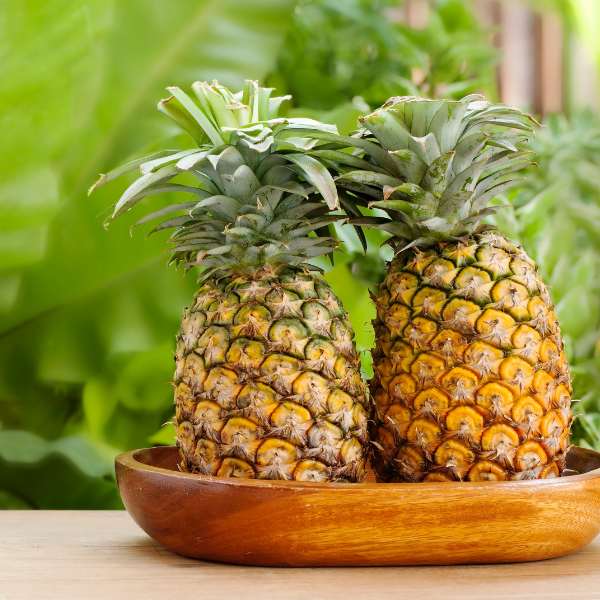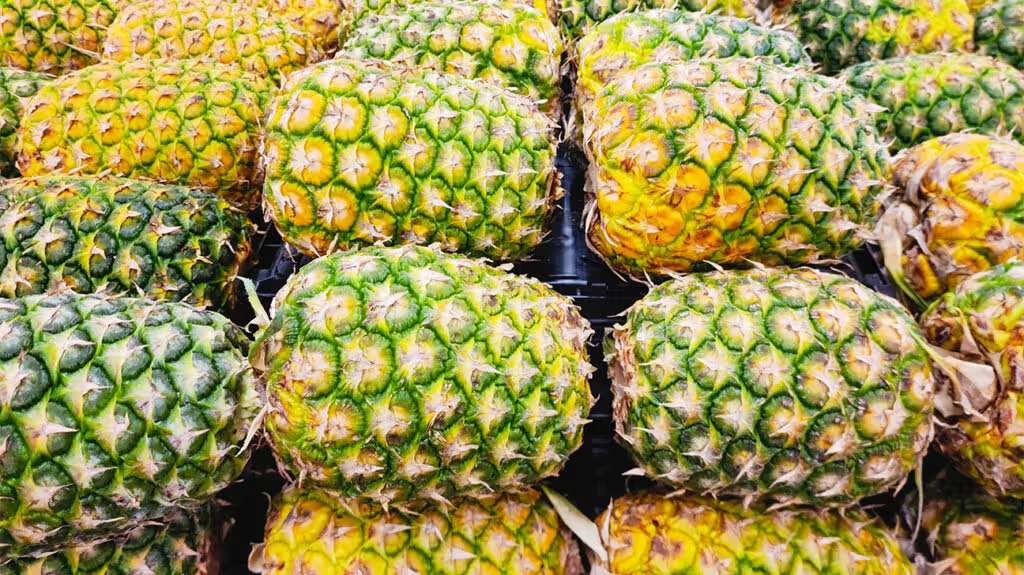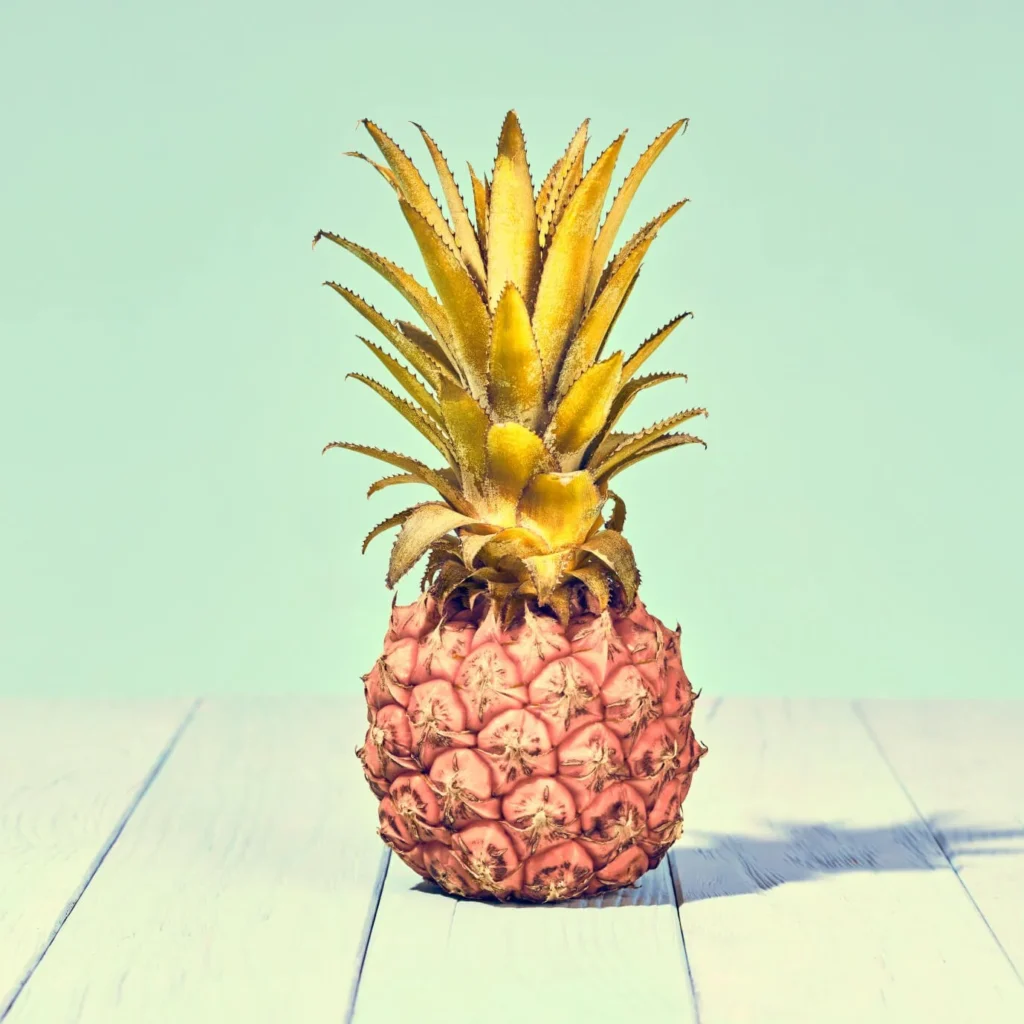Pineapples — with their golden flesh, spiky green crowns, and sweet tropical flavor — are among the most cherished fruits worldwide. They’re enjoyed fresh, juiced, canned, grilled, or blended into tropical cocktails. But have you ever wondered where the world gets most of its pineapples?
Behind every juicy slice is a network of farms, exporters, and countries working hard to meet the rising global demand for this exotic, vitamin-rich fruit. In this article, we’ll uncover the leading producers and exporters of pineapples, explore how they supply the world’s markets, and see what makes their harvests so special.
A Quick Overview of Global Pineapple Production

Pineapples thrive in tropical and subtropical climates where there’s plenty of warmth, rainfall, and well-drained soil. Today, pineapples are grown in over 80 countries, with global production exceeding 28 million metric tons annually.
However, while many countries grow pineapples, only a handful supply the vast majority of what’s found in supermarkets and homes worldwide — whether fresh or processed.
So, Where Does the World Get Most of Its Pineapples?

The answer is clear: the majority of the world’s pineapples come from Costa Rica, followed by the Philippines, Indonesia, India, and Nigeria. These five nations dominate global production and exports, collectively supplying a huge portion of the pineapples consumed around the world.
Let’s take a closer look at each of these pineapple powerhouses and how they shape the global pineapple industry.
Top Countries Supplying the World’s Pineapples
Costa Rica — The Global Pineapple Capital
Annual Production: Around 3.3 million metric tons
Global Export Share: Over 50% of international fresh pineapple exports
If you’ve bought a fresh, golden pineapple at your local grocery store in the US, Europe, or Canada, chances are it came from Costa Rica.
This small Central American country is the undisputed leader in pineapple exports, thanks to its perfect growing conditions and premium fruit quality.
Why Costa Rica Leads:
- Ideal tropical climate with year-round rainfall and fertile volcanic soil.
- Focus on the MD-2 variety (Golden Pineapple), known for its exceptional sweetness, low acidity, and long shelf life.
- Strong agricultural infrastructure with advanced post-harvest processing and cold chain systems.
- Well-established trade links with major markets in North America, Europe, and the Middle East.
Interesting Fact:
Over 90% of pineapples grown in Costa Rica are destined for export markets. The country’s pineapples are prized for their consistent size, vibrant color, and delicious taste.
Philippines — Asia’s Leading Supplier

Annual Production: Around 2.8 million metric tons
The Philippines is Asia’s top pineapple producer and exporter. The fruit is widely grown across the country, but particularly in Mindanao, where fertile volcanic soil and a tropical climate offer perfect conditions.
Key Points:
- Major global brands like Dole and Del Monte operate large commercial pineapple plantations.
- Exports are divided between fresh pineapples for Japan, South Korea, and China, and processed products (canned, dried, juiced) for global markets.
- Varieties like Smooth Cayenne and Queen are especially popular.
Did You Know?
The Philippines is known for producing some of the world’s sweetest and juiciest pineapples, highly sought after in premium Asian markets.
Indonesia — Rising in Global Rankings
Annual Production: About 2.1 million metric tons
Indonesia has rapidly climbed the ranks to become one of the world’s top pineapple producers. Most pineapples are grown on the islands of Java, Sumatra, and Sulawesi, where warm, humid weather prevails.
Key Highlights:
- Focuses on both local consumption and growing export markets.
- Notable for large volumes of processed pineapple products like canned pineapple, jams, and juices.
- The Smooth Cayenne variety is widely cultivated for its size and juiciness.
Fun Fact:
Indonesia is home to some of the largest pineapple canneries in Southeast Asia, with exports reaching the US, Japan, and the Middle East.
India — South Asia’s Pineapple Heartland

Annual Production: Around 1.7 million metric tons
India ranks as South Asia’s top pineapple grower. The fruit flourishes in the country’s tropical and subtropical climates, particularly in the northeastern states.
Main Growing Regions:
- Assam
- Meghalaya
- West Bengal
- Kerala
- Tripura
Notable Facts:
- Most of India’s pineapples are consumed domestically in both fresh and processed forms.
- There’s a growing export market for Middle Eastern countries and Southeast Asia.
- Popular Indian varieties include Queen, Kew, and Mauritius.
Nigeria — Africa’s Leading Pineapple Producer
Annual Production: About 1.4 million metric tons
In Africa, Nigeria leads pineapple production, supplying both local markets and regional trade. With its year-round tropical climate, the fruit is grown across several states.
Main Producing Areas:
- Benue
- Ogun
- Cross River
- Kaduna
Key Points:
- Almost all production is consumed domestically.
- Efforts are underway to boost export potential with improvements in post-harvest infrastructure and processing facilities.
- Common varieties include Smooth Cayenne and Sugarloaf.
Global Export Market Snapshot

While many countries produce pineapples, exports are dominated by Costa Rica, which accounts for over half of the world’s fresh pineapple exports. The Philippines and Indonesia are also significant contributors, particularly in processed pineapple markets.
| Rank | Country | Global Export Share |
|---|---|---|
| 1 | Costa Rica | 50%+ |
| 2 | Philippines | ~14% |
| 3 | Thailand | ~10% |
| 4 | Indonesia | ~7% |
| 5 | Others | 19% |
(Source: FAO & International Trade Centre Reports, 2023)
What’s Driving the Global Demand for Pineapples?
The world’s appetite for pineapples continues to grow, driven by:
- Increasing health awareness due to the fruit’s vitamin C, bromelain, and antioxidant content.
- Rising demand for tropical flavors in juices, desserts, and cocktails.
- Expanding markets for processed pineapple products like canned slices, dried pineapple, and juices.
- Growing consumer interest in sustainably grown and ethically sourced fruits.
Sustainability in Pineapple Farming
As demand rises, sustainability has become a growing priority in the pineapple industry. Leading producers like Costa Rica and the Philippines are investing in:
- Eco-friendly farming practices
- Fair labor standards
- Reduced pesticide use
- Waste management programs
These efforts ensure pineapple farming supports both the environment and local communities.
Conclusion
So, where does the world get most of its pineapples? The clear answer is Costa Rica, which leads the globe in both production and export of high-quality, fresh pineapples. Behind Costa Rica, countries like the Philippines, Indonesia, India, and Nigeria play crucial roles in meeting the world’s growing pineapple demand — whether for fresh markets, canned products, or juice industries.
As global health trends and tropical fruit cravings continue to rise, these pineapple-growing nations will remain at the heart of the world’s supply — ensuring there’s always a sweet, juicy slice of sunshine available no matter where you are.





